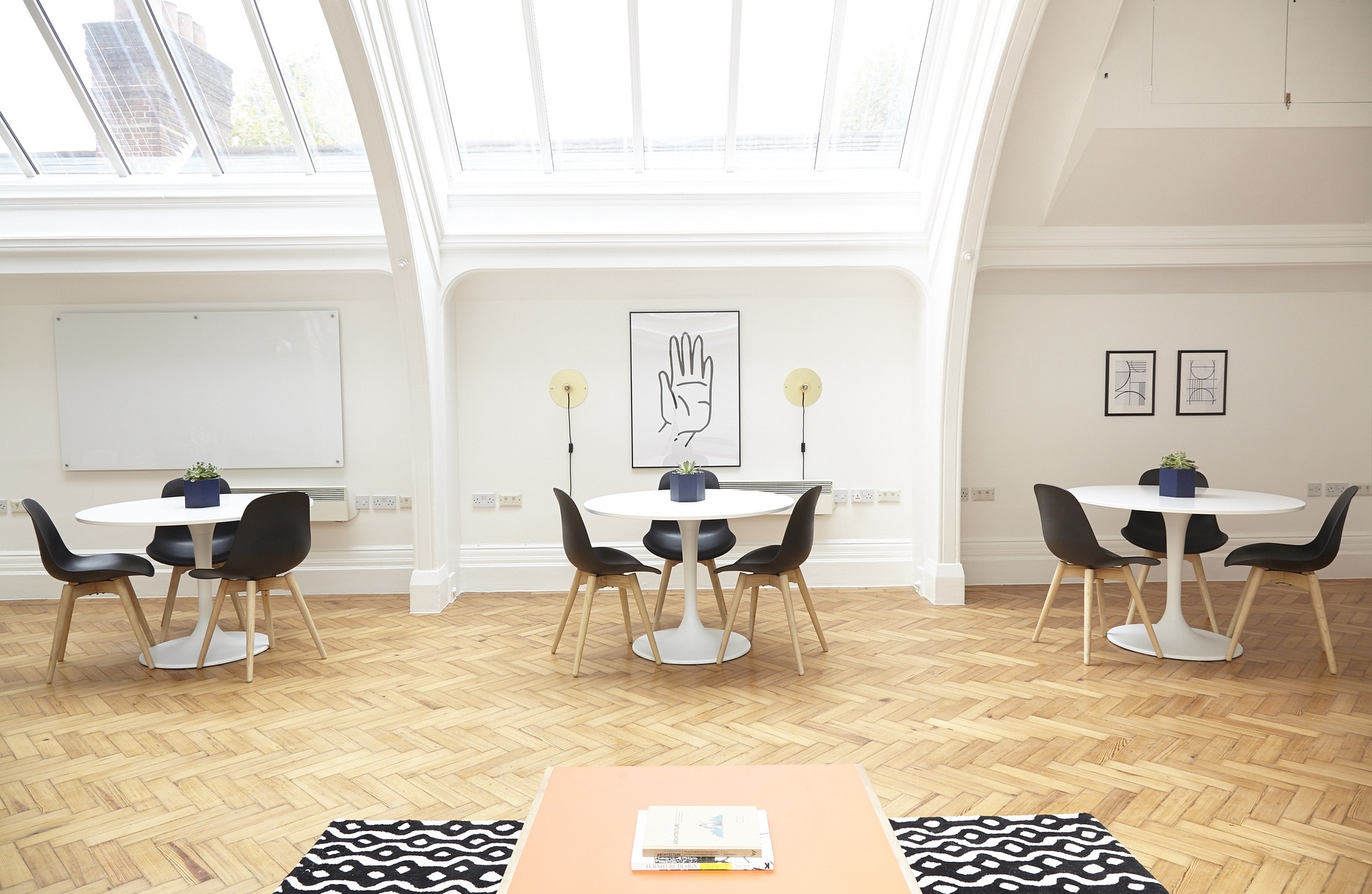The Fusion of Indoor-Outdoor Living: Blurring the Boundaries in Modern Home Design
Introduction: Imagine stepping into your living room, only to find yourself surrounded by nature. The scent of flowers wafts in the air, the sound of leaves rustling creates a soothing melody, and the sight of verdant greenery soothes your eyes. Welcome to the world of indoor-outdoor living, where the barriers between your home and nature are blurred, creating a harmonious coexistence that redefines modern home design.
A Walk Through History: The Genesis of Indoor-Outdoor Living
The concept of indoor-outdoor living is not a new phenomenon. It traces its roots back to ancient Roman architecture, where atriums and courtyards were integral parts of residential structures. However, the idea gained popularity in the mid-20th century when architects like Richard Neutra and Ludwig Mies van der Rohe began designing homes that seamlessly integrated with their natural surroundings. Today, the trend has evolved, becoming a key feature in modern architecture and design.
Modern-day Adaptations: The Current State of Indoor-Outdoor Living
In today’s fast-paced world, people are yearning for a deeper connection with nature. This longing has led to the rise of indoor-outdoor living in contemporary home design. Architects and designers are now crafting homes that blur the boundaries between the interiors and exteriors, with features like floor-to-ceiling windows, sliding glass doors, and continuous flooring that extends from inside to out. In addition, outdoor elements like plants, water bodies, and natural materials are being incorporated into interior design, further solidifying the connection between home and nature.
Practicality and Market Trends: The Appeal of Indoor-Outdoor Living
Indoor-outdoor living not only offers aesthetic appeal but also provides practical benefits. It allows for natural light and ventilation, reducing the dependence on artificial lighting and air conditioning, which in turn can lead to energy savings. Market trends indicate a growing demand for homes with indoor-outdoor features. In fact, a survey by the American Institute of Architects revealed that outdoor living spaces were the most popular “special function” room among homeowners.
Enhancing Daily Living: The Impact of Indoor-Outdoor Living
The fusion of indoor and outdoor spaces has a profound impact on daily living. It creates a tranquil environment that promotes relaxation and well-being. The proximity to nature can help reduce stress and improve mood. Moreover, it provides additional living space without the need for home extensions. Whether it’s a patio that doubles as a dining area or a balcony that serves as a personal retreat, these spaces can enhance the functionality and enjoyment of your home.
Unveiling the Future: The Next Chapter in Indoor-Outdoor Living
As we move forward, the trend of indoor-outdoor living is expected to evolve further. With advancements in technology and design, architects and designers will continue to push the boundaries, creating homes that not only blend with their natural surroundings but also adapt to changing weather conditions and seasons. Whether it’s retractable roofs, weather-resistant materials, or smart landscaping, the future of indoor-outdoor living promises to take us closer to nature than ever before.
In conclusion, indoor-outdoor living is more than just a trend—it’s a lifestyle. It’s about blurring the lines between the built and natural environment, creating a seamless transition that allows us to experience the best of both worlds. Whether you’re designing a new home or renovating an existing one, consider incorporating elements of indoor-outdoor living to create a space that is not only beautiful but also harmonious, practical, and sustainable.





